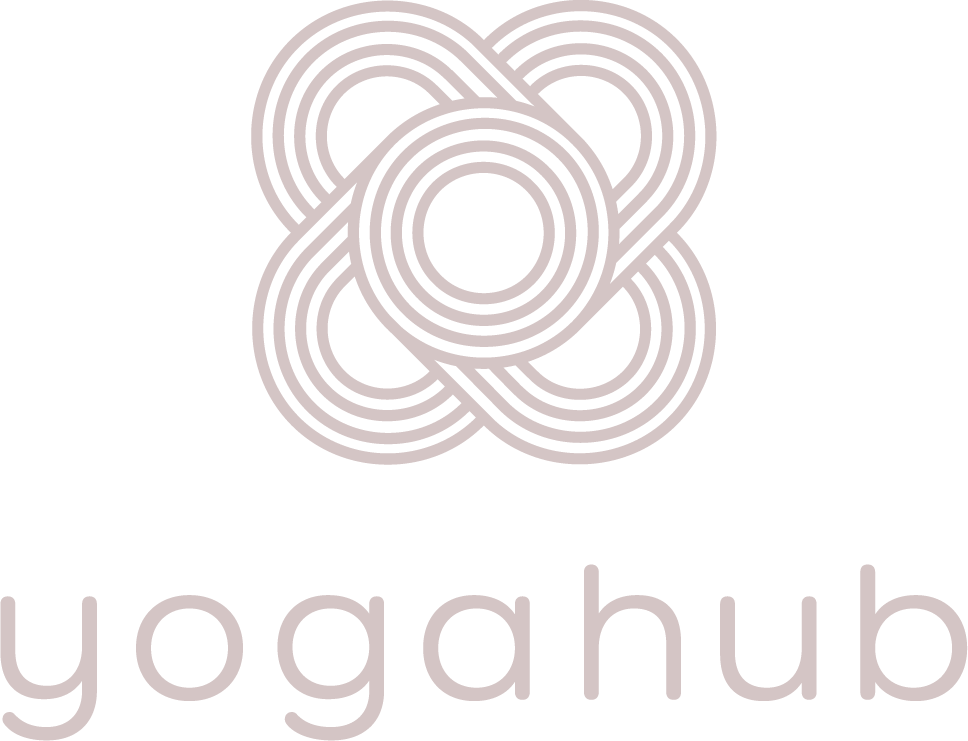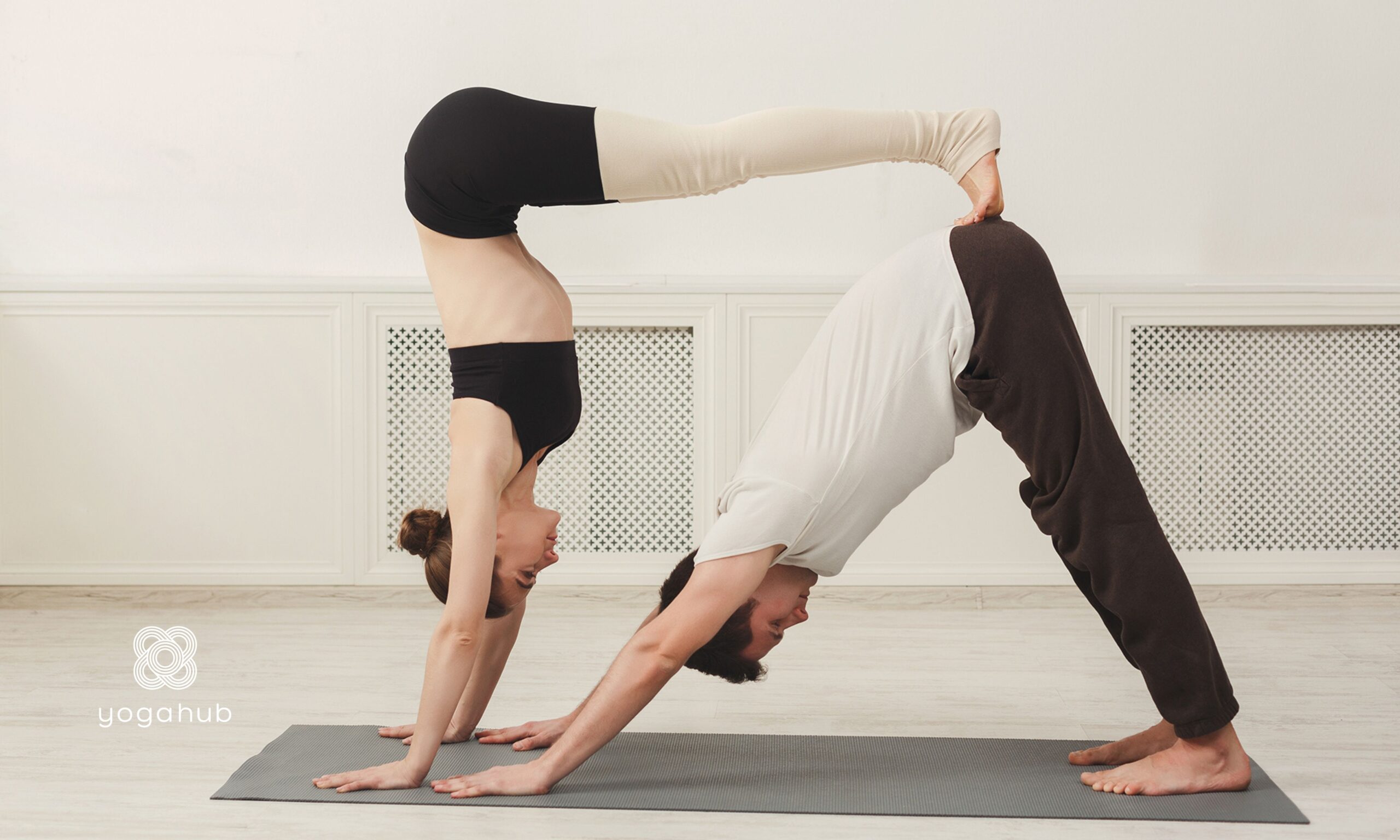Over the past few years Acroyoga has become more and more popular, but if you haven’t tried it you might not know what to expect from an Acroyoga class or workshop. When I was talking to my Dad about it at the weekend, for example, he asked ‘Is that the one you do in the water?’ No, Dad, but that sounds pretty awesome too.
What is Acroyoga?
Acroyoga is a blend of acrobatics and yoga, usually paired with massage or some form of restorative or yin practice to complement it. An Acroyoga class can vary depending on the structure and teacher, and the level it is aimed towards, but at its core – it is a combination of balancing partner work and yoga poses. The term Acroyoga was officially coined in 1999 by Eugene Poku and Jessie Goldberg, as a culmination of years of contact yoga and yoga therapy combinations that used partner work and acrobatics in conjunction with traditional yoga poses. It is a style of yoga and has a huge following around the world with multiple international conventions and a growing Acroyoga community worldwide.
How do yoga and acrobatics go together?
Acrobatics compliment yoga very well. Learning the foundational yoga poses helps students to learn how to move and strengthen their bodies, as well as alignment in order to balance and counterbalance. By integrating yoga poses into an acrobatic partner sequence, there is an opportunity to work with others and to learn about your own body, trust and community. It is a safe and fun environment. Each pose usually has 3 people with different roles – a base to support the posture, a flyer who balances on top of the base and a spotter who assists and supports in order to make the pose safe.
What do you need to practice?
Core strength is a huge component in Acroyoga – if you have ever tried the ‘Dirty Dancing’ move and flailed about like a string of cooked spaghetti, you know what I am talking about. By using core strengthening poses in yoga, the conditioning and body awareness you generate enables a really satisfying and exhilarating Acroyoga class, as your body is better able to balance on someone else’s body, or to ‘fly’ as it is called in Acroyoga. But you do not need to have rock solid abs to try Acroyoga out, all you need is a basic level of fitness and the willingness to try something new.
What makes it worth trying?
Acroyoga emphasises physical connection to others in a way that most yoga classes do not. Partner work and balancing games teach trust and contact- elements that are less and less accessible in day to day life. As we get older we tend to make fewer connections and play less – it is seen as inappropriate somehow to be playful and light. Acroyoga offers a safe space to experience connection, community and a very physical practice. Another huge benefit of Acroyoga is the quality of mindfulness that comes with it, as you focus completely on the pose you are in in order to maintain your balance and your partner’s balance. Finally, Acroyoga helps to conquer your fears in an environment where others are at hand to help you and catch you which enables more trust, strength and empowerment so that you can move past fear and learn to do poses you never thought you could.
If you are new to Acroyoga and looking for a way to experience it, the good news is there is a lot of classes and workshops popping up in Dublin this summer. I hope you enjoy it as much as I do!
Until next week yogis, Laura



